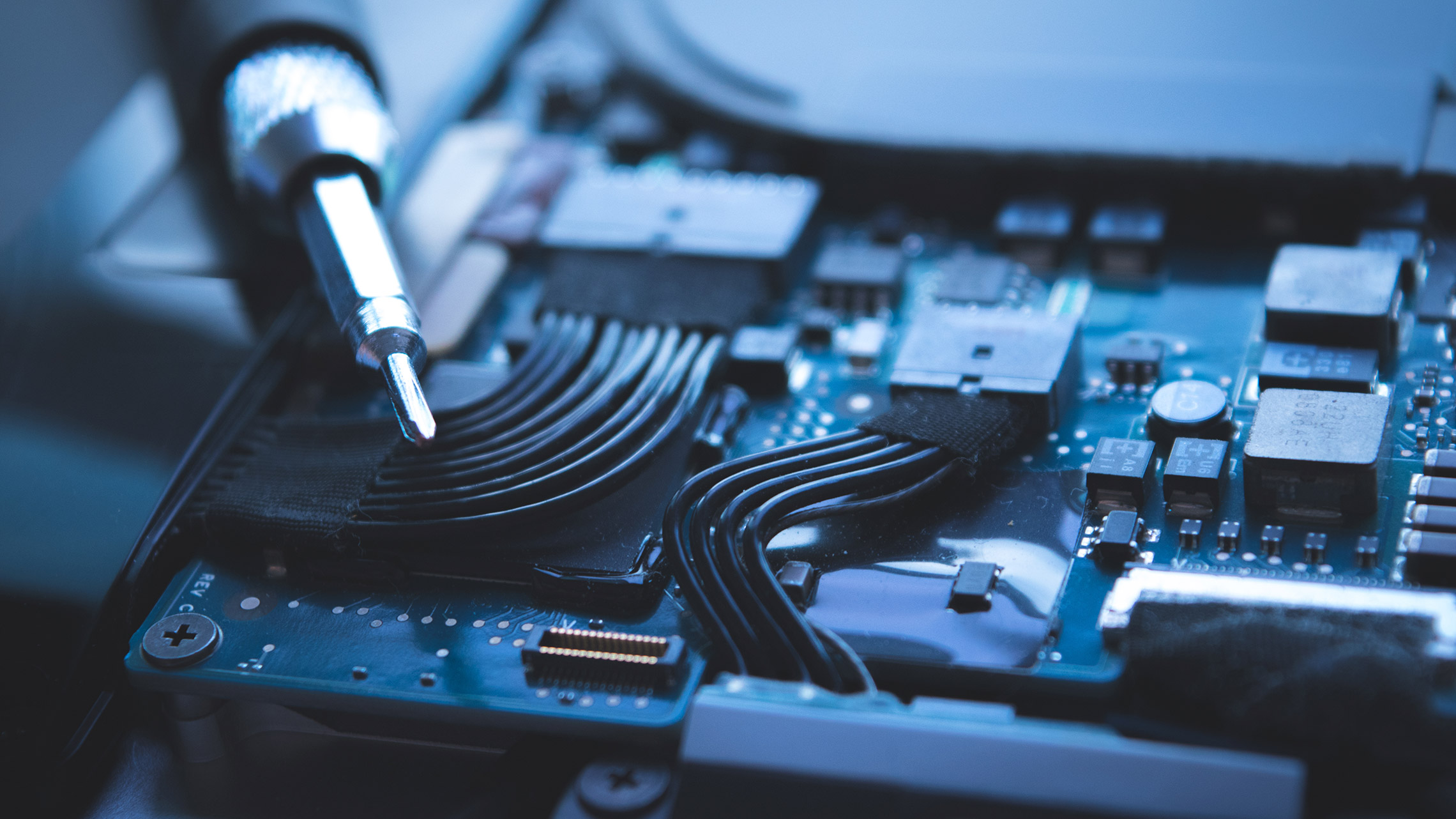ISTSat-1 wins ANACOM URSI award

According to ANACOM , “ISTSat-1 – The First Portuguese University CubeSat”, developed by professors and students from Técnico, was recognised for its “excellent quality, scientific rigour, clarity and cross-disciplinary”, during URSI’s Portuguese Committee 13th Congress.
The work summarises the disruptive work that has been done by the Técnico team in the design of the nanosatellite. “The work focuses on the radio aspects of the satellite, namely an ADS-B antenna and signal receiver, and remote control and telemetry, both fully developed at Técnico”, explains João Paulo Monteiro, PhD student and one of the authors of the work.
Stressing the importance of this award for the team, João Paulo Monteiro highlights “we are very proud to see our work recognised”. “The fact that the team is mostly made up of students makes this recognition even more special. It shows that, in some way, ISTSat-1 is a relevant project despite occupying a volume of 1 liter ”, referred the Técnico student.
Aware of the “tremendous quality” of the competing works, the team members consider that the cross-disciplinary of their work was very important, namely “Electronics engineering, Telecommunications engineering and Aerospace Engineering”, as well as “its practical application that will culminate in the launch of the nanosatellite into space”. “It is important to mention that ISTSat-1 was presented at the congress as the first satellite whose communication frequencies were internationally coordinated by ANACOM, as Space Authority”, recalls João Paulo Monteiro.
How far will ISTSat-1 take us and what will it show us? “ISTSat-1 will go through an initial orbital phase and then it will begin to perform its ADS-B antenna and signal receiver. We estimate that it will be orbiting Earth from 6 months to 1 year before re-entry into the atmosphere”, explains the team member. “After the mission ends, the results will be reviewed and disclosed”, adds João Paulo Monteiro. The team is already thinking of the next satellite, which is expected to expand the technologies developed for ISTSat-1, in order to accomplish two missions: “an optical communications experience and a tracking ocean plastic pollution from Space”, says the Técnico student.
